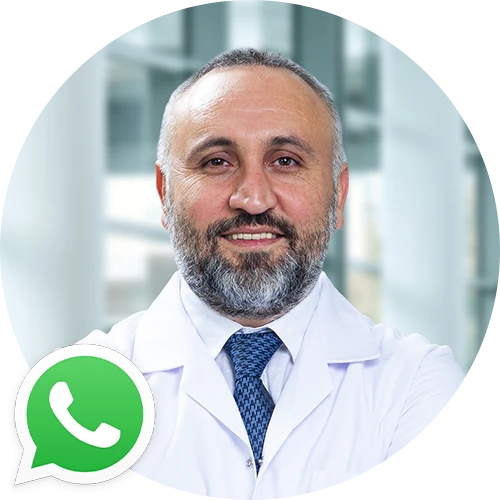Breast development varies greatly among individuals, and there can be several reasons why you might feel your breasts are not growing. Here are some potential factors to consider:
1. Genetics
- The size and shape of your breasts are largely determined by genetics. If women in your family tend to have smaller breasts, this might be a factor for you as well.
2. Age
- Breast development typically begins in puberty and can continue into the early twenties. If you are still in your teenage years or early twenties, your breasts may still be developing.
3. Hormonal Factors
- Hormones, especially estrogen and progesterone, play a significant role in breast development. Hormonal imbalances or conditions like hypogonadism (low function of the gonads, which affects hormone production) can affect breast growth.
4. Nutritional Factors
- Poor nutrition or having a very low body fat percentage can hinder breast growth since breasts are partly made up of fatty tissue. A well-balanced diet and healthy body weight are important for development.
5. Medical Conditions
- Certain medical conditions, including congenital disorders or endocrine disorders, can affect breast development. Conditions like Turner syndrome or thyroid disorders can have an impact on breast size.
6. Medications and Substances
- Some medications and substances can potentially affect hormonal balance and, consequently, breast development. These include hormonal contraceptives, certain psychiatric medications, and recreational drugs.
7. Physical Health
- Overall physical health can also play a role. Chronic stress, excessive exercise, or illnesses can impact your body’s development and hormonal balance.
How Can You Enhance Small Breasts?
1. Clothing and Accessories
- Padded or Push-up Bras: These can significantly enhance the appearance of your breasts by adding volume and lift.
- Clothing Choices: Certain clothes can accentuate your figure and make your breasts appear larger. Tops with ruffles, horizontal stripes, and embellishments around the chest area can create the illusion of larger breasts.
2. Exercise
- While exercises won’t increase breast size (since breasts are made of fat and glandular tissue, not muscle), strengthening the pectoral muscles underneath can lift the breasts and make them appear fuller. Exercises like push-ups, chest presses, and chest flies are beneficial.
3. Nutrition and Supplements
- A well-balanced diet helps maintain a healthy body weight and can support breast health, though no specific food will significantly increase breast size. Some people explore natural supplements (like fenugreek or fennel seeds) believed to have estrogen-like effects, but evidence is anecdotal, and you should consult a healthcare provider before starting any supplement.
4. Breast Augmentation and Surgical Options
- Breast Augmentation Surgery: The most definitive way to increase breast size is through surgical implants. Silicone or saline implants can add volume and shape.
- Fat Transfer: Another surgical option involves transferring fat from another part of your body to your breasts. It offers a more natural alternative to implants but with more subtle results.
5. Hormonal Therapies
- In some cases, hormonal imbalances contribute to smaller breast size. Hormonal therapies can sometimes be prescribed for these imbalances, but they come with risks and should only be considered under the guidance of a healthcare provider.
6. External Enhancements
- Makeup: Using makeup to contour the chest area can create the illusion of depth and fullness.
- Breast Prosthetics: For those seeking a temporary enhancement without surgery, silicone bra inserts or prosthetics can be an option.
7. Mental and Emotional Health
- Cultivating a positive body image and self-esteem is crucial. Remember, breast size does not define your femininity or beauty. Engaging with supportive communities, whether online or in-person, can be empowering.


